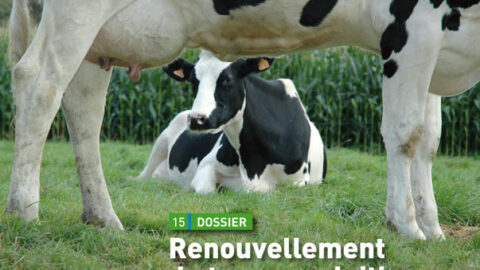Cas clinique : prise en charge d’une infection de plaie après une chirurgie de colique chez un cheva

Auteurs
Résumé
Un cheval en colique violente est opéré d'une incarcération de l'intestin grêle dans le foramen épiploïque qui nécessitera une entérectomie et une anastomose latéro-latérale. Les suites opératoires sont favorables mais le cheval déclarera tardivement une infection de la plaie chirurgicale. Une antibiothérapie probabiliste par voie orale à base de sulfamides potentialisés, accompagnée d'une désinfection locale sont prescrites en attendant les résultats de l'antibiogramme. Le colibacille identifié montrera une résistance aux sulfamides potentialisés mais le cheval guérira avec ce traitement. La propriétaire, sans respecter la prescription, a appliqué l'antibiotique en pâte orale directement dans la plaie ! La concentration très élevée d'antibiotiques ainsi obtenue en application locale et la désinfection ont permis une guérison malgré un antibiogramme défavorable.
Abstract
A horse suffering from a violent bout of colic was operated on for an incarceration of the small intestine in the omental foramen which required an enterectomy and a latero-late-ral anastomosis. The post-operative results were favourable but the surgical wound became infected. Oral probabilistic antibiotic therapy based on potentiated sulfonamides, accom-panied by local disinfection, were prescribed while awaiting the results of the antibiotic sensitivity test. E. coli was iden-tified and shown to be resistant to potentiated sulfonamides however the horse recovered. The owner did not follow the prescription and applied the oral antibiotic paste directly onto the wound! The very high concentrations of antibiotic obtai-ned by local application and disinfection healed the wound despite an unfavourable antibiotic sensitivity test.
D'autres articles
N°65 Juillet 2012 Page 77
Equins · Aucun thème


